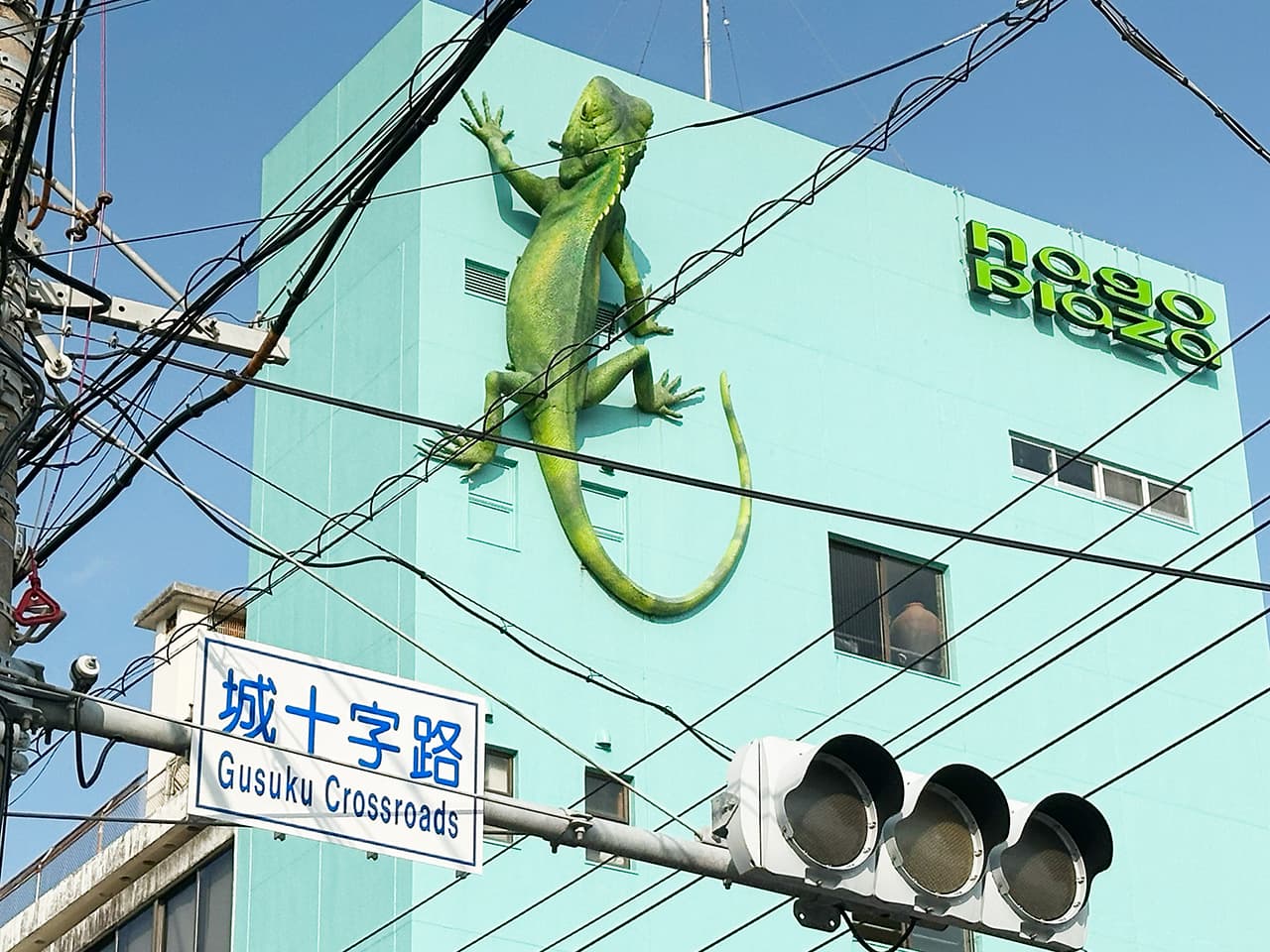The unusual laundromat with artistic flair
Laundromats don’t have to be boring. One man turned them into a place where you can see famous people. Read the story behind this unusual laundromat I visited in Katsushika ward in Tokyo.
During the period of the economic boom in the 50s and 60s, the Japanese were eager to buy new electrical home appliances that were considered luxurious at the time, most notably television, a refrigerator and a washing machine. Those three items were called the “three sacred treasures”, a reference to the three sacred Imperial treasures (a sword, a mirror, and a jewel). By 1964, 90% of all households in Japan had owned them.
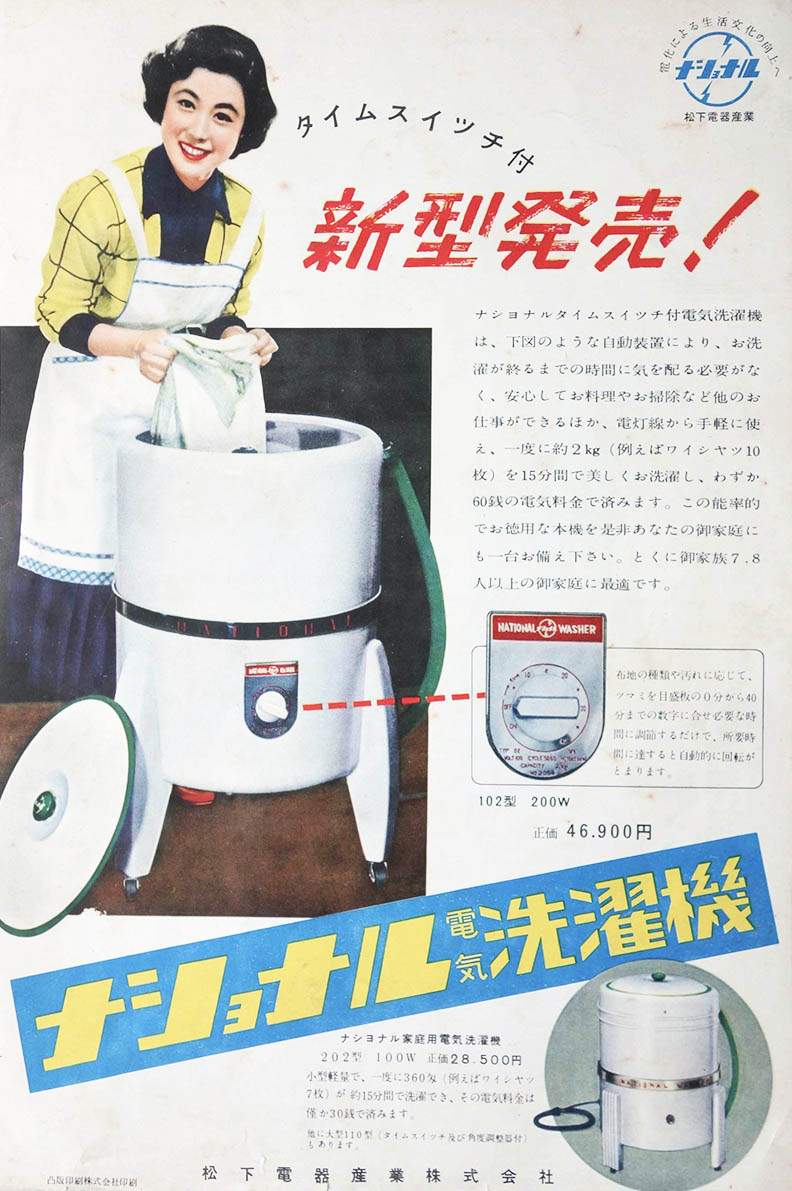
Washing machines are of course not all that luxurious anymore and 24-hour laundromats — or coin laundries — are very common in the country.
They look pretty standard. A space to sit, sometimes free magazines that you can read while you wait, or vending machines where you can get a drink.
Not in Katsushika Ward in Tokyo.
I heard that there is a very unique laundromat in the Shibamata area, called Nigaoe Coin Laundry, so I went to take a look.
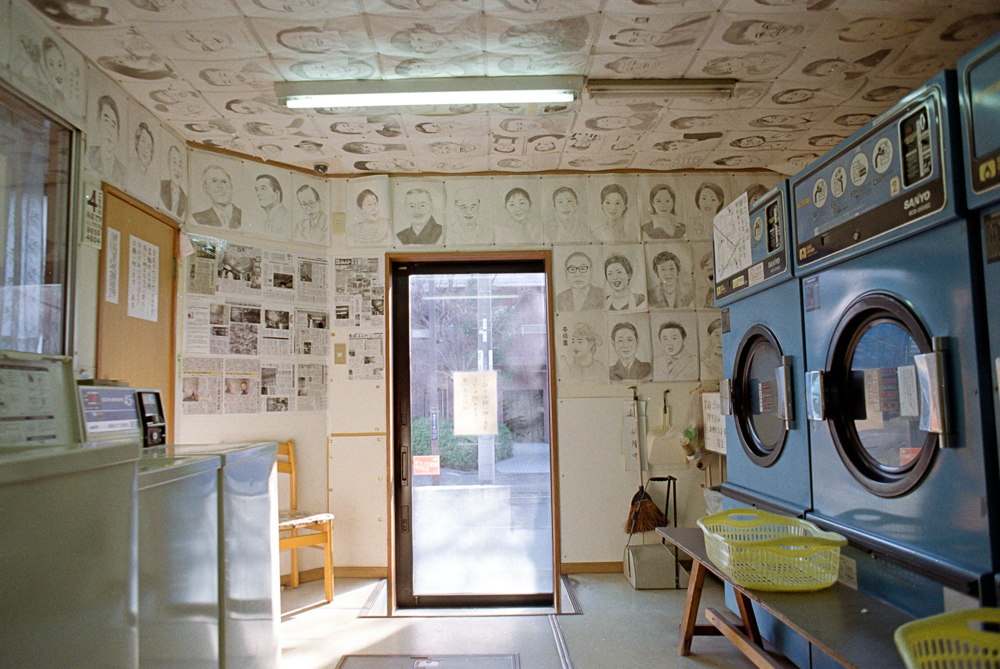
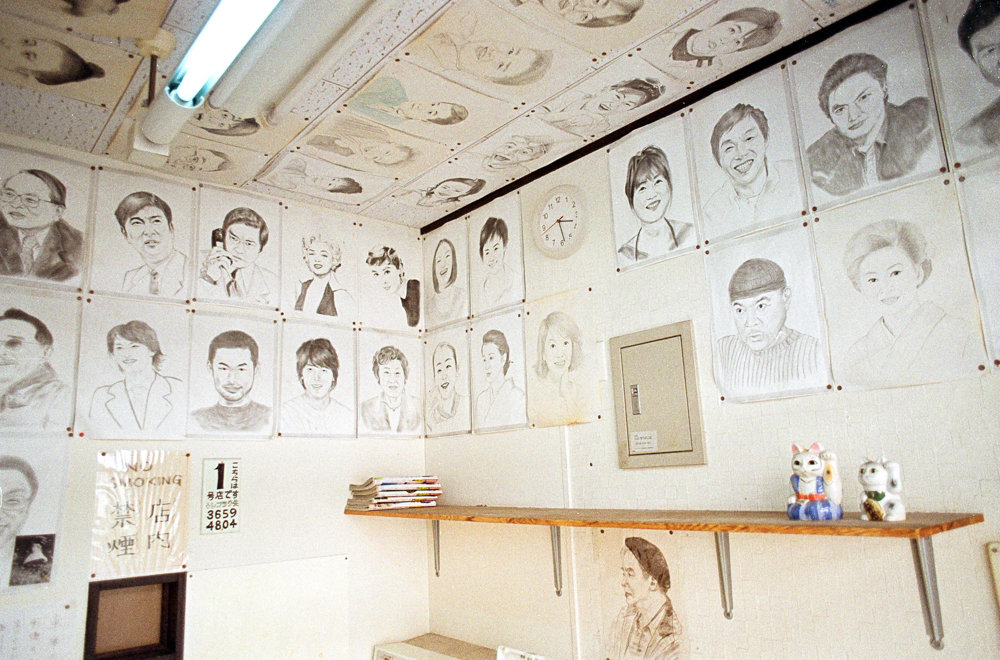
Amazing! Detailed, instantly recognizable portraits of famous people all over the four walls, and the ceiling! Most of them are Japanese celebrities and public figures with some foreign ones here and there as well. The portraits aren’t from a particular category. I saw people from movies, TV, sports, politicians, a few dictators. Even the Japanese Imperial family has its spot. All the pictures on the walls are copies of original pencil drawings.
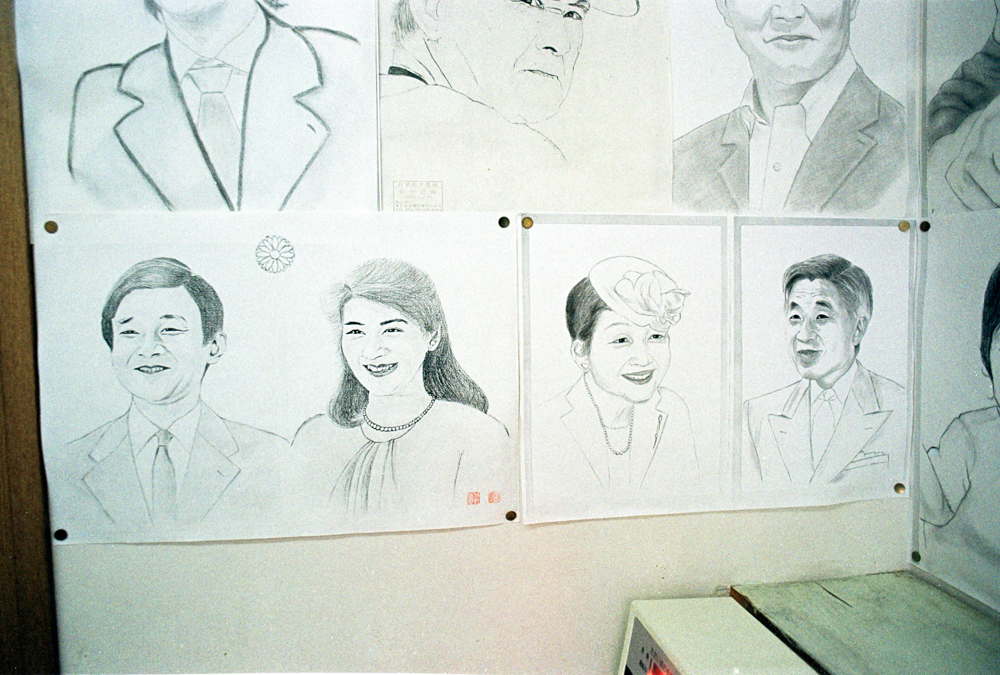
The artist behind them is Hiromine Sugano. He is also the owner of the portrait laundromat, and this is his side business. Over the course of 10 years, he drew over 1000 portraits. But he wasn’t always into drawing. Electrician by profession, his self-taught drawing career started in the late 90s after he came across a caricature of the former baseball player Hideki Matsui in a newspaper and drew it himself. He was 60 at the time. His work got a lot of praise, and since then he has received many requests and was featured in the media. There are articles from newspapers posted on the walls.
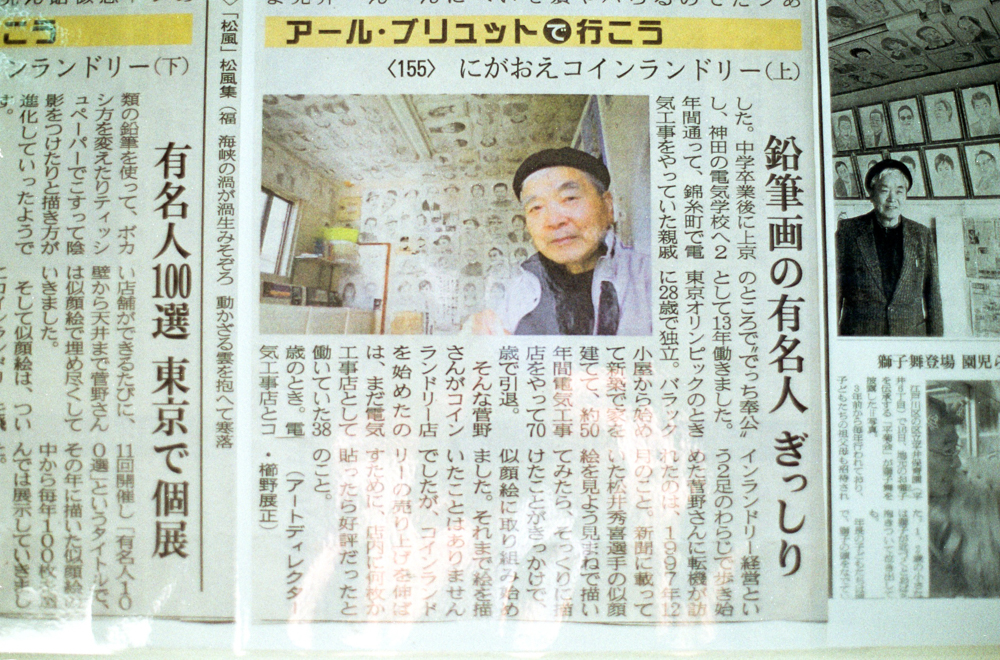
How did he manage to draw so much while doing his main job? Apparently, when he started drawing, he used to wake up at 4 o’clock every morning and spent his free time as an artist before turning into an electrician later in the morning.
I found out that this particular laundromat isn’t the only one. There are actually a total of four of them in the same area, so I decided to visit them all. They are all full of portraits by the same artist. One is very close to Shibamata Station, the other three a bit more far away but still within a walking distance. Inconspicuous on the outside, but when you step inside — what a surprise!
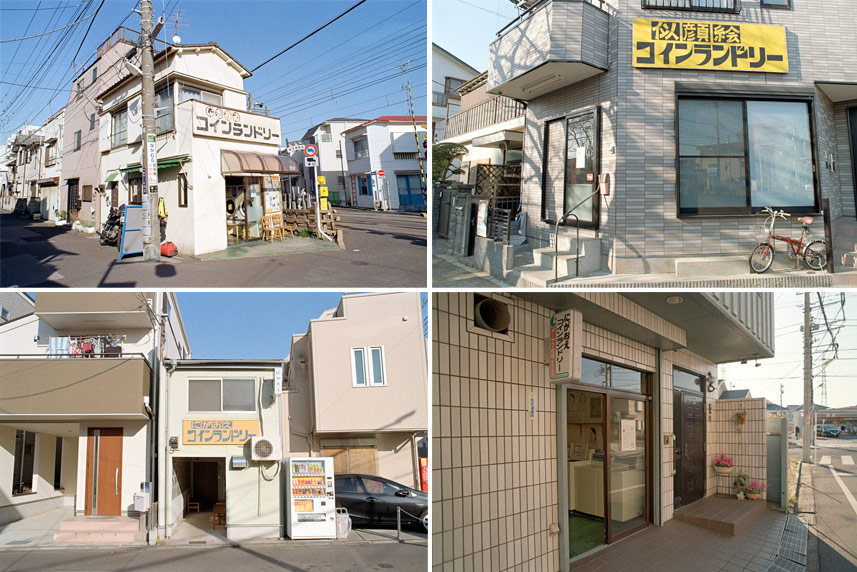
Come to think of it, what if this is really an art gallery camouflaged as a laundromat? I will leave it up to you to decide.
